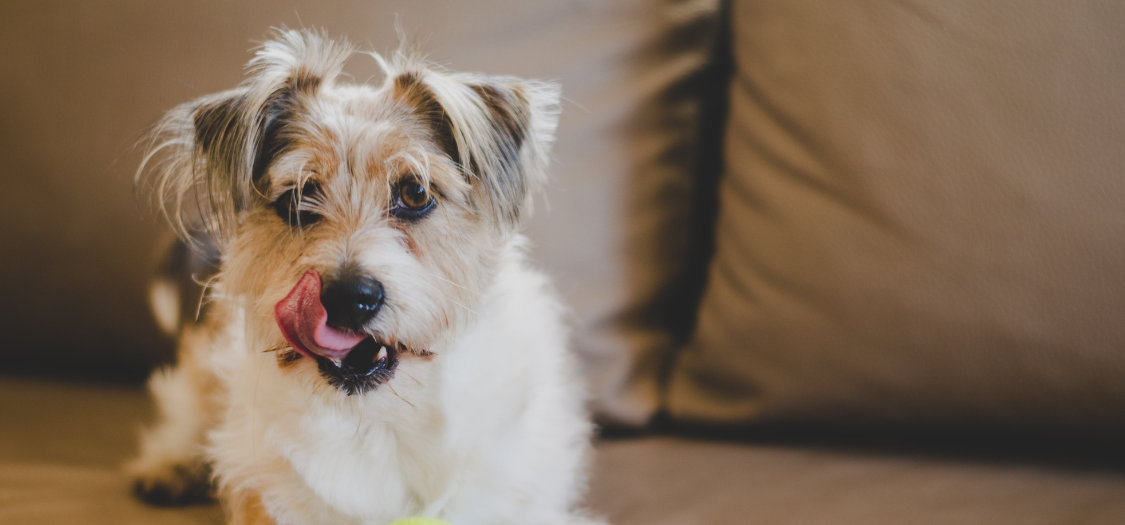10 Reasons Why Your Dog Might Be Limping on Their Front Leg
My Dog Is Limping On Their Front Leg. What Could It Be?

Your dog might have started to limp, and there can be several reasons. Start by looking at each part of your dogs rear leg.
In the paws:
On the rear leg:
Above the rear leg:
Read more on Dog Limping - Causes, Prevention and How to Help here https://zoomadog.co.uk/collections/dog-limp

We can help find the right solution for your dog
Feel free to give us a call on 01730 622544
or email us at woof@zoomadog.co.uk